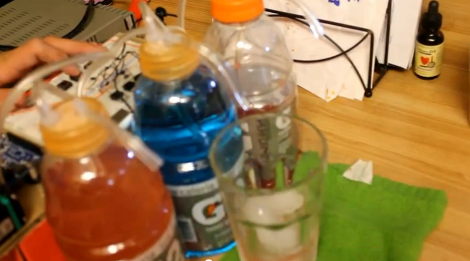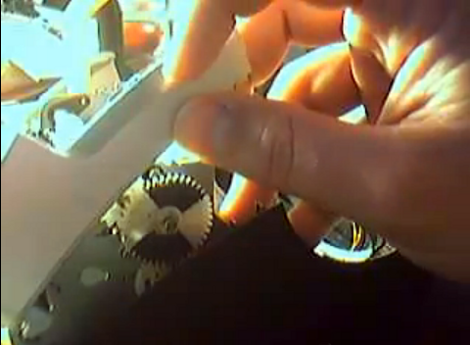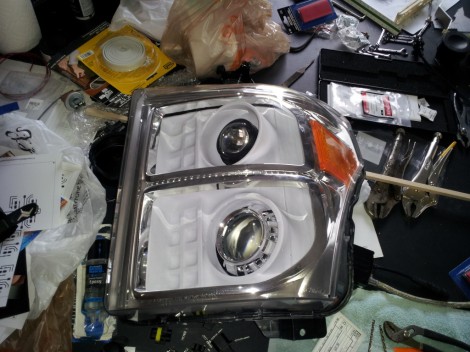
XBMC just issued the announcement we’ve been waiting to hear for some time now. The Android platform is now officially supported. Having seen the popularity of this open source media center software, and the willingness of some to spend hundreds of dollars on small computers to use it as their set-top-box interface of choice, we knew it was only a matter of time before a hardware manufacturer stepped up to the plate. In this case it is a company called Pivos Technology Group, who helped fund the push to bring XBMC to Android.
The good news is that the Android version of XBMC should work on a very wide range of devices. The bad news is that it will take a bit of time for that wide range of devices to support hardware video acceleration. Right now the only platform that has the hardware accelration for all video formats is the Pivos XIOS DS unit seen above. Looks a bit like a white version of the Apple TV huh? This turns out to be a great alternative to the Apple hardware, which requires a jailbreak to run XBMC and there is no jailbreak available for the current generation of that hardware. You can grab the XIOS DS for about $100-120, and as you can see after the break, it runs XBMC without a hitch, shows the ability to navigate menus while 1080p video is playing, and demonstrates working video plug-ins.
Plus, it’s an Android device with access to apps like any other. We looked around and it seems the Netflix app will work, but there is currently a problem with the video driver on units which have been upgraded to ICS. You can check out an unboxing of the device in this forum post, which is where we got the image seen above.















